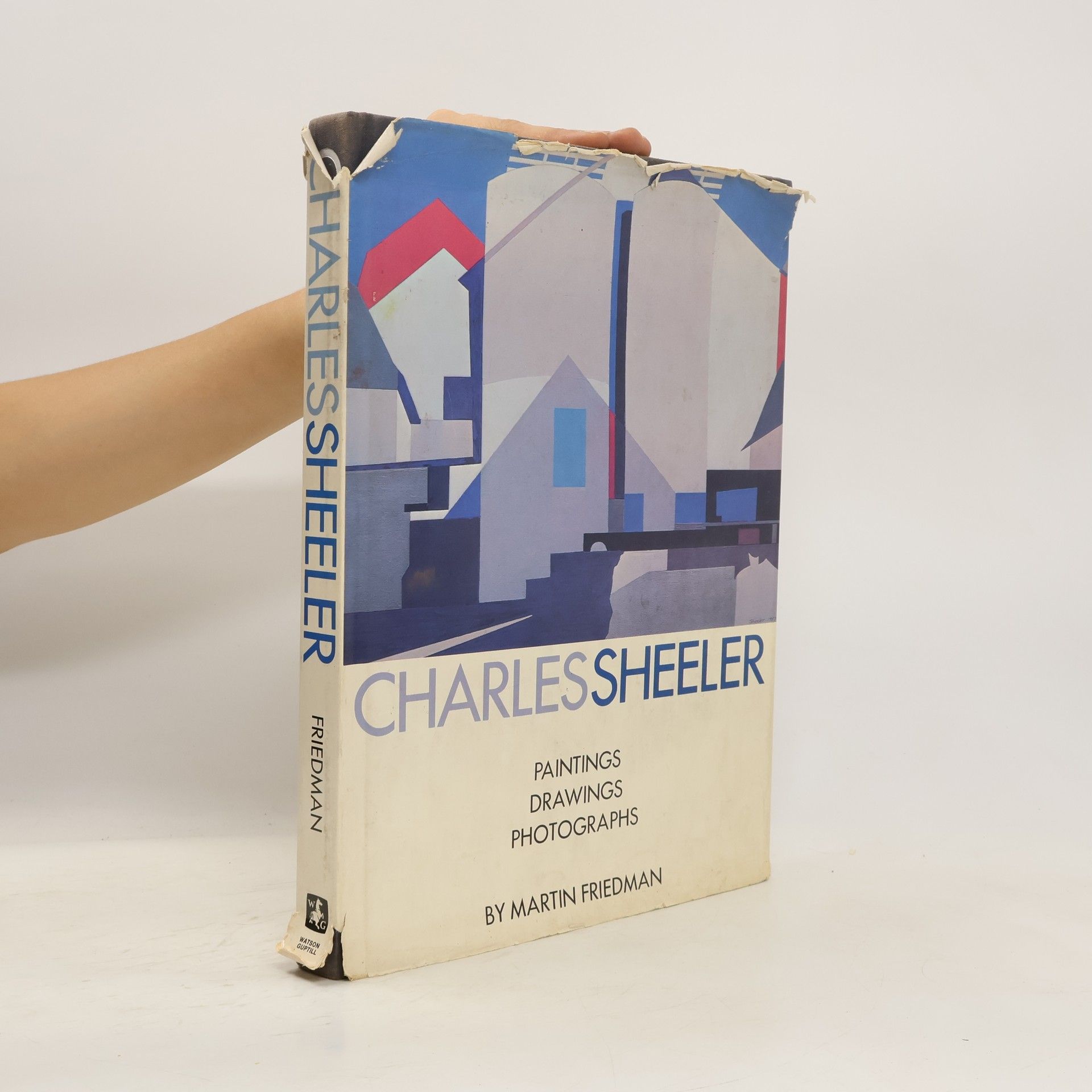Charles Sheeler
- 224pages
- 8 heures de lecture
221 pp., 148 illustrations 48 in color. Includes notes, list of exhibitions, and a bibliography.



221 pp., 148 illustrations 48 in color. Includes notes, list of exhibitions, and a bibliography.
Considered one of the most significant painters of the period between the two world wars and founder of the precisionist school, Charles Sheeler (1883-1965) was also one of the pivotal photgraphers of the modernist movement in America. His direct style can be likened to that of his contemporaries Paul Strand, Edward Weston and Edward Steichen and he is probably best known for documenting the transformation of the American urban landscape (in both his photos and paintings), and for an early series of photos that pay homage to his 19th-century farmhouse in Doylestown, Pennsylvania.
Stieglitz, Duchamp, and the New York Avant-Garde
When Duchamp moved from Paris to New York in 1915, he was disappointed by the predominantly nature-based abstraction he observed, publicly proclaiming that American artists were too dependent on outmoded European traditions and had overlooked their greatest subjects--the skyscraper and the machine. Meanwhile, the artists associated with Alfred Stieglitz and his "291" gallery remained loyal to their belief in nature as a source of ongoing renewal for visual culture, and emphasized the crucial role that intuition and spirituality played in their creation of art. The crossfire between Duchamp and Stieglitz and their respective circles defined a critical moment in early twentieth-century American art. Debating Modernism includes reproductions of work by artists from both camps, from Charles Demuth, Georgia O'Keeffe, and Paul Strand to Man Ray, Francis Picabia, and Marsden Hartley. An essay by curator Debra Bricker Balken traces the threads of the debate through the 1910s and 20s, and also addresses the appearance of sexualized imagery in nearly all of these artists' works, a phenomenon that ironically unifies the two seemingly opposed camps. Jay Bochner's essay focuses on the artists' respective violations of American expectations about art.